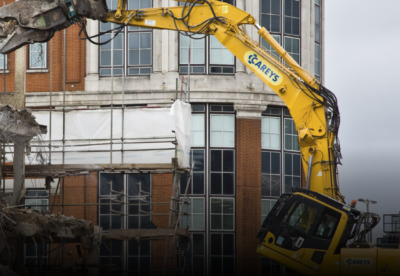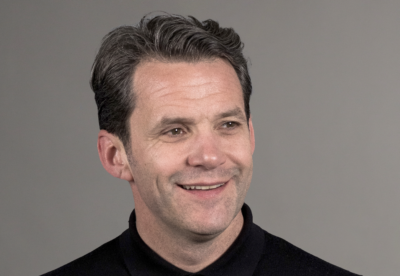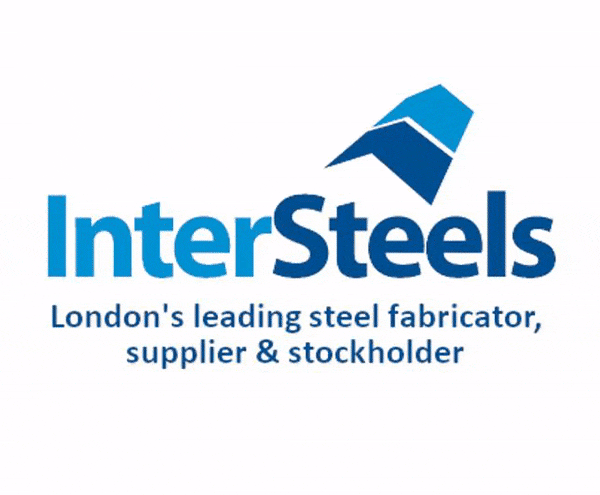The 56 metre long and 19 metre wide concrete structure weighs 6,200-tonnes and was built adjacent to the WCML over the last six months.
It was slowly manoeuvred into place on self-propelled modular transporters controlled by a remote steering system.
Over the two days before the move, the team removed the railway track and excavated over 15,000 cubic metres of material to create the space for the structure to be moved into.
Around 300 people working for HS2’s civils contractor Balfour Beatty Vinci have delivered the work, and a team of 200 people are working 24/7 this week to move the bridge, backfill around it and put the railway back in place ready to re-open next week.
Chloe Foster-Chambers, Section Engineer for Balfour Beatty Vinci said: “As an engineer, big feats of engineering like this bridge drive make HS2 such a fantastic project to work on. It’s been a real team effort over the last two years, and seeing the operation successfully completed felt like a great achievement for everyone involved.”
The operation happened during a nine day closure of the railway between Stafford and Rugby while Network Rail carry out upgrades as part of a multimillion pound investment to improve future journeys on this important stretch of the West Coast main line through the West Midlands.
Work is now taking place at Fulfen Wood to replace the tracks and railway systems over the new bridge which will allow the railway to reopen to passenger and freight services next Monday.
Byrne Bros led the bridge build over the last six months.
Construction director Tom Lyons said: “Byrne Bros are delighted to have been involved in such an amazing project. The BBV team have been fantastic to work with, demonstrating great leadership, teamwork and management of a complex engineering project.”
Specialist lifting company Mammoet – based in Stockton-on-Tees, undertook the bridge move with state-of-the-art transportation equipment.
Peter Schoenmakers, Lead Engineer at Mammoet UK Ltd said: “The Fulfen Wood Overbridge installation does show that with a collaborative approach and early engagement with all involved parties during the design stage of the structure, a cost effective and a most efficient installation method can be developed early on in the project.
“The early engagement allowed the designers of the structure to design the bridge that suited the available and existing equipment to be used and no special equipment had to be fabricated or purchased. This approach is very important from a sustainability perspective. All in all, this was a great project for Mammoet and we are proud to be part of its success”








 (300 x 250 px) (1).gif)









.gif)




































